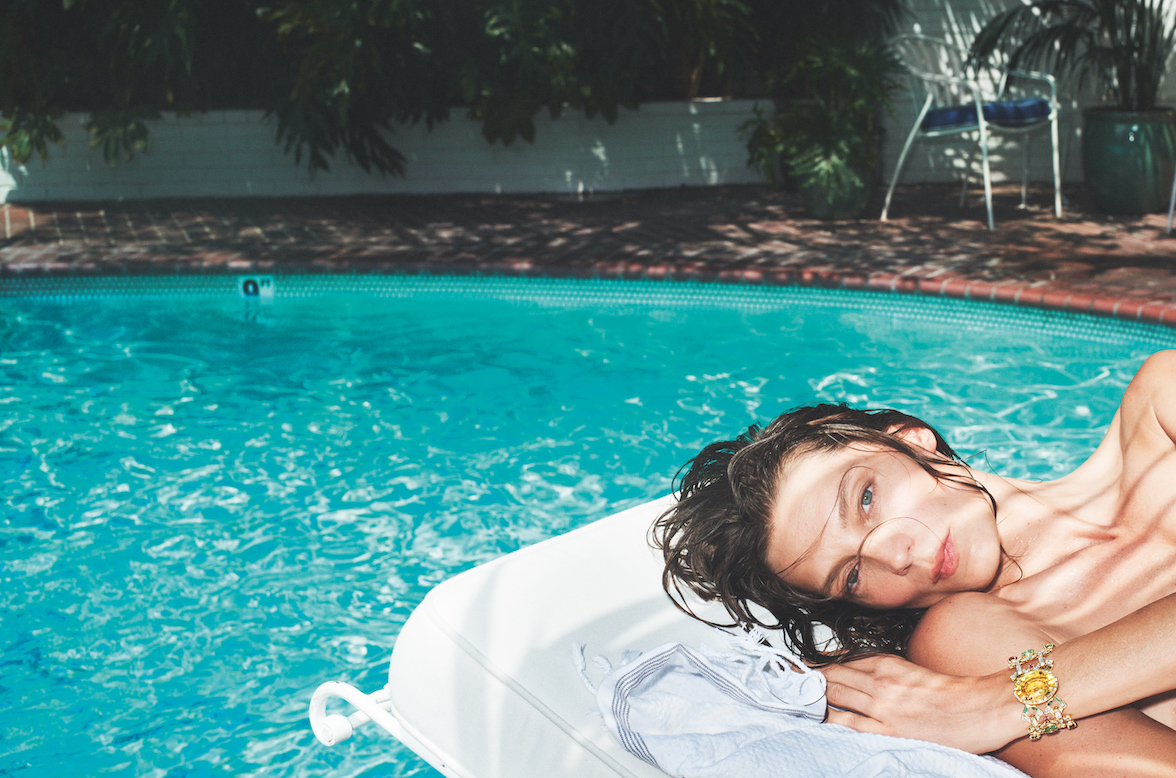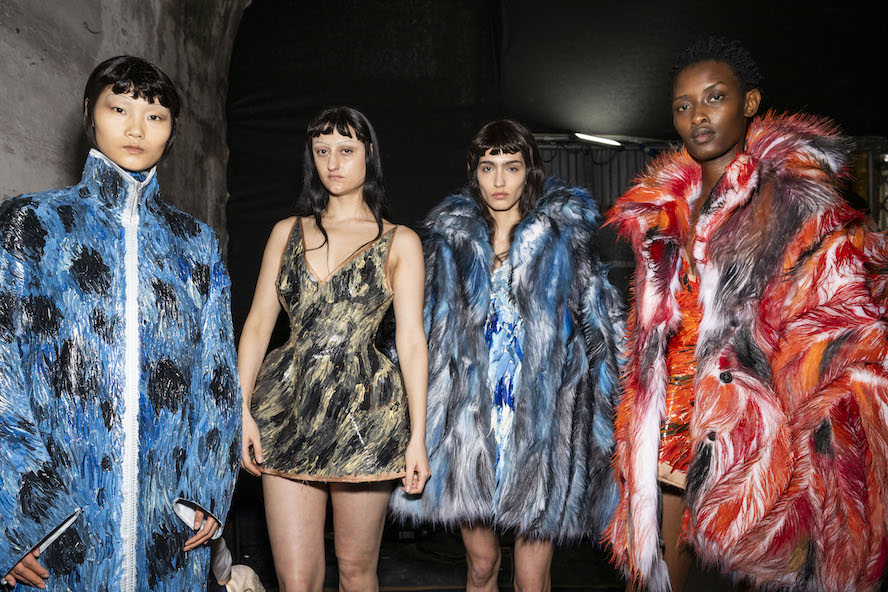Kering—the global luxury group behind houses like Gucci, Yves Saint Laurent, Balenciaga, Alexander McQueen, Bottega Veneta, Boucheron, and Brioni—was named the most sustainable textile, apparel, and luxury-goods company during the 2018 World Economic Forum in Davos. Under the leadership of François-Henri Pinault, Kering
has open-sourced its Environmental Profit & Loss account (EP&L) as a way to better understand the impacts of its supply chains.
The fashion industry is a huge polluter, the largest of its environmental footprint existing within its methods of sourcing material. A large group like Kering, leading the way in sustainability, can have an enormous impact, not just on the luxury world, but on other trades. To help with this, Kering brought on Marie-Claire Daveu in 2012 as the chief sustainability officer and head of international institutional affairs. Daveu’s background is in engineering and politics—she has worked in France at the Ministry of Ecology, was director of sustainable development at Sanofi-Aventis Group, and was a technical adviser to the cabinet of Prime Minister Jean-Pierre Raffarin.

Portrait by © Benoît Peverelli
Courtesy of Kering
Whitewall spoke with Daveu about the power of leadership, transparency, and even social media in creating a more sustainable luxury model.
WHITEWALL: Your background is in engineering and politics. When you began at Kering, luxury was a new industry for you. What did you discover about the influence that industry can have on cultural trends?

Courtesy of Kering.
MARIE-CLAIRE DAVEU: I wanted to join a company where sustainability was a key topic and where the top management was very engaged and involved in sustainability. François-Henri Pinault is deeply engaged with sustainability and wants to transform his vision into concrete action on the ground. With sustainability, if you don’t have the commitment coming from the top, you won’t be able to do much.
I saw very quickly that when you are in luxury, you can be a role model for other industries because luxury sets the trends. You have the possibility to influence and to push the boundaries, not only for companies in your sector, but outside your sector.
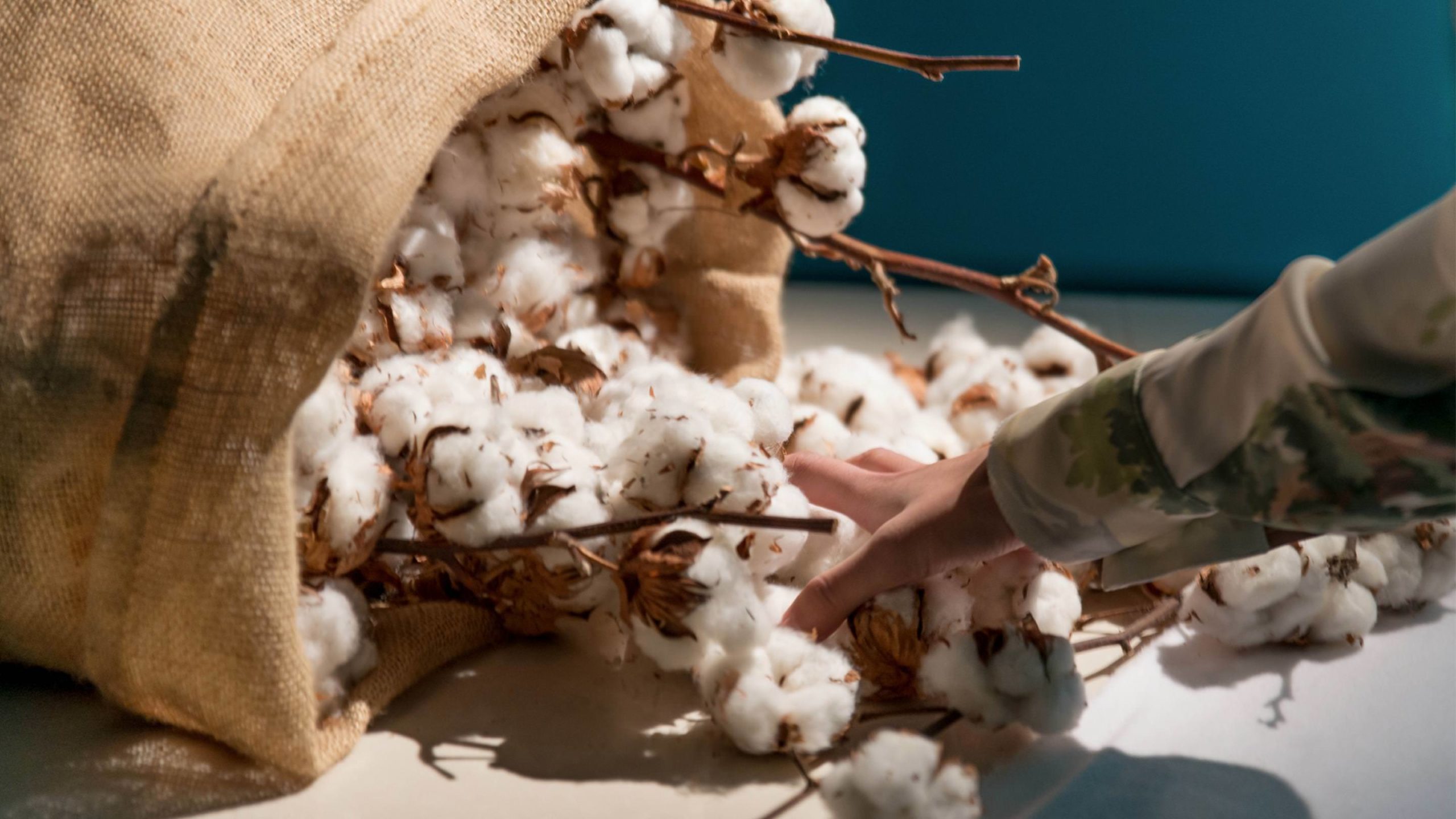
Courtesy of Kering.
WW: Your background dealing in politics and bureaucratic issues must be a real asset to Kering.
MCD: When you work in politics, you work with so many people with different profiles. And you have to think about the short term and the long term. If you truly want to change things in sustainability, you need time. And you have to be able to explain why you need time.
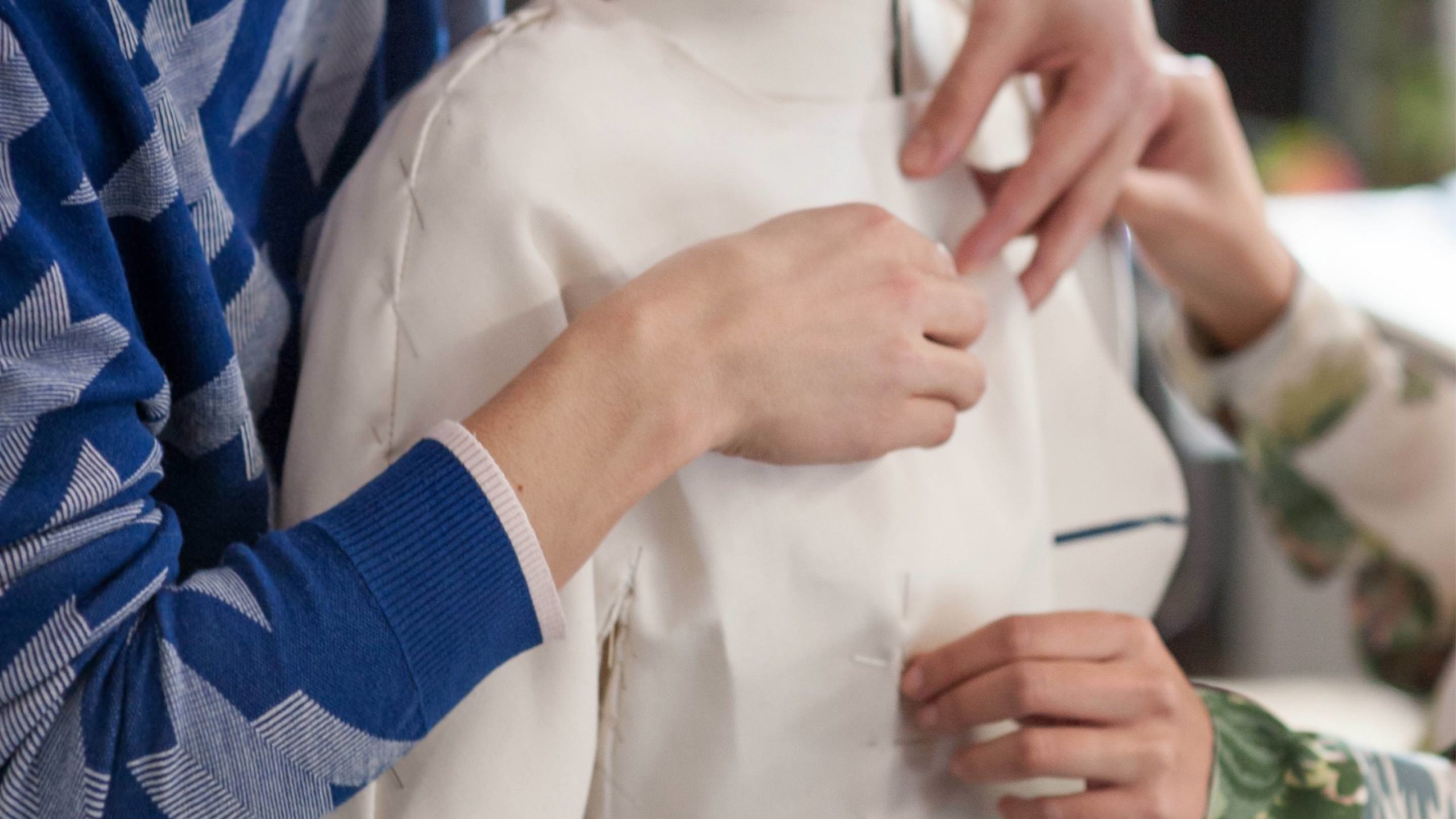
Courtesy of Kering.
What motivated me to move into the private sector was the desire to be in a more operational role. When you are in the public sector, you’re working more to do regulations. When you’re in the private sector, you can work all over the world to put into place concrete actions in sustainability.
We can have a concrete impact on our supply chain. We set the trends, and that gives us a great opportunity to influence. Some like Alessandro Michele, who made the decision to ban fur, or Gucci speaking about sustainability, can influence and show that you can be very successful while paying attention to the planet.
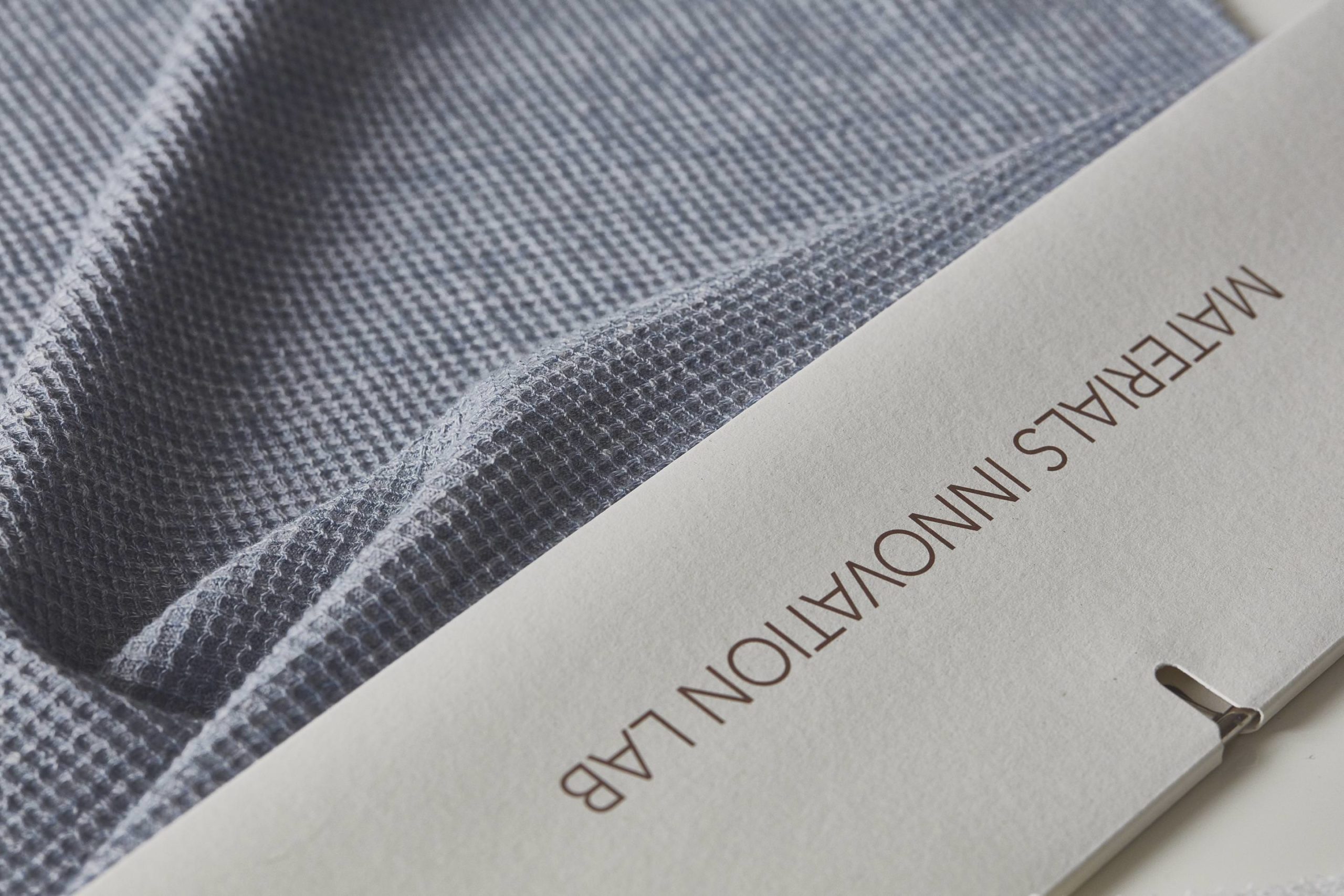
Courtesy of Kering.
WW: What are the top sustainable concerns for Kering? What might people be surprised to learn about the impact of the fashion industry on the environment?
MCD: When I joined the company, they had begun already to work on our Environmental Profit and Loss account (EP&L). And we published it externally for the first time in 2015. One of the most important issues we had to tackle is 7 percent of our environmental footprint is in our own operations. That means that 93 percent is outside our legal boundaries in the supply chain, in areas like cattle farming and cotton farming. So you can imagine, for the fashion industry, it’s not so easy to know where to start.
The second thing we have to tackle is to build a program where we can reduce our environmental footprint. Fifty percent of our greenhouse gas emissions are coming from our supply chain, things like cattle farming—very far away from the designer. So if you want to do well with your business and take care of the environmental side, you have to push the boundaries. You will have to go beyond the conventional reporting. If you are not clear about
where your impacts are, you are not able to build a strong strategy.
WW: Can you tell us about the 2025 Strategy for Crafting Tomorrow’s Luxury?
MCD: In our strategy for 2025, our goal is to reduce our environmental footprint and to reduce our greenhouse gas emissions by 50 percent. To do that, we need to find disruptive options, so we’re working very closely with some startups to try to integrate specific programs linked with innovation.
WW: What are some of the exciting innovations that have come out of the Plug and Play—Fashion for Good program, which trains startups to fast-track sustainability in the textile industry?
MCD: If we want to reach our target, we have to find new ways of working. What we have seen with our partnership Plug and Play—Fashion for Good program is that linking with the biotech we can find some great solutions for raw materials, and for our processes. Between the concept, the idea, and creating in the lab, everything is doable, but it will take time.
WW: How key is transparency within your role at Kering?
MCD: Transparency is very important. Every three years we’ll communicate publicly our progress. That means if we have any difficulties, we think it’s important to communicate and explain those in addition to our successes. It’s important to explain why we were not able to find success.
I think that if you want people to trust you, you have to have transparency. For us, sustainability at Kering is about transparency—our supply chain, our results, and our best practices and methodology.
We put in open source our whole methodology. We published all our standards. If we want to change the paradigm in the textile industry, we’re showing that we have some knowledge—it’s not perfect, but it can be very useful for other companies, or for a young designer who wants to build their brand to have the possibility to build their own journey in sustainability.
Social media is very helpful for our topics, too, to raise awareness first, and then to keep you on track. It’s a good way to push yourself.




